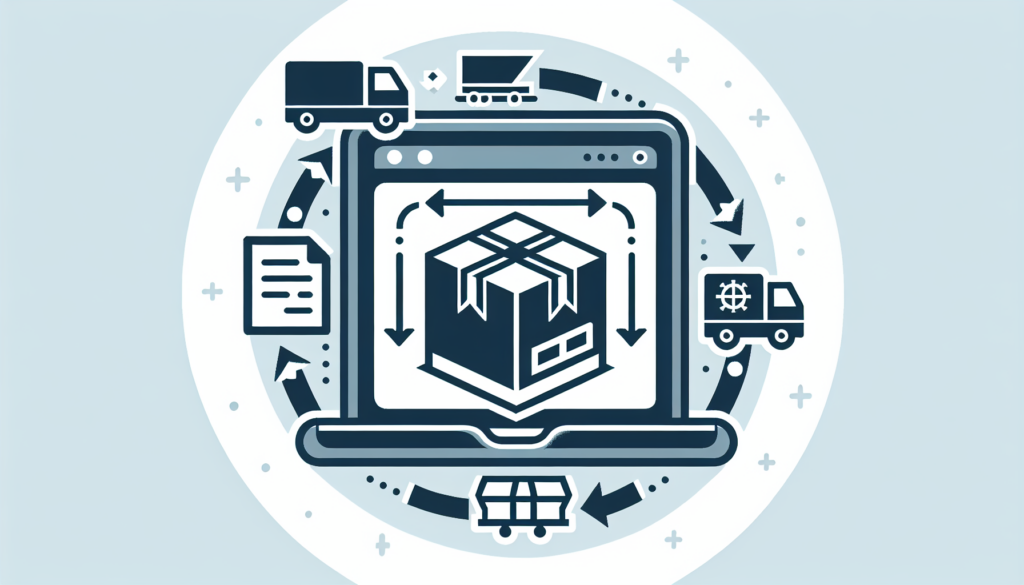From Return to Repeat Customer: How Online Retailers can Improve their Returns Process
[ad_1] Returns are an inevitable part of the online retail business. Customers may change their minds, receive the wrong item, or encounter issues with the product. However, what many online retailers fail to realize is that the returns process can actually be a valuable opportunity to turn a one-time shopper into a loyal, repeat customer. By improving their returns process, online retailers can enhance the overall shopping experience for their customers and increase the likelihood of them coming back to make future purchases. One key way for online retailers to improve their returns process is by making it as seamless and hassle-free as possible. Customers should be able to easily initiate a return, whether through a simple online form or by contacting customer service. Once the return has been approved, retailers should provide clear instructions on how to package and ship the item back. Offering prepaid shipping labels can also help streamline the process and make it more convenient for customers. Another important aspect of the returns process is the speed at which refunds or exchanges are processed. Customers appreciate quick resolution to their returns, so online retailers should aim to process refunds as soon as the returned item is received. This not only helps build trust with customers but also encourages them to make future purchases knowing that returns will be handled efficiently. In addition to making the returns process easy and efficient, online retailers can also use returns as an opportunity to gather valuable feedback from customers. By including a brief survey with the return instructions, retailers can learn more about the reasons behind the return and use this information to improve their products or services in the future. This feedback can also help retailers identify any recurring issues that may be leading to returns, allowing them to address these issues proactively. Furthermore, online retailers can take advantage of returns to showcase their excellent customer service. By handling returns with empathy and professionalism, retailers can leave a positive impression on customers even if they are returning an item. Offering personalized communication and assistance throughout the returns process can help build a stronger relationship with customers and increase the likelihood of them becoming repeat buyers. Overall, the returns process presents a valuable opportunity for online retailers to improve customer satisfaction, gather feedback, and demonstrate their commitment to excellent customer service. By making returns easy and efficient, processing refunds quickly, gathering feedback, and providing exceptional customer service, retailers can turn a potentially negative experience into a positive one that encourages customers to return for future purchases. In conclusion, the returns process is an essential part of the online retail experience that should not be overlooked. By focusing on improving this process, online retailers can enhance customer satisfaction, build loyalty, and ultimately increase their bottom line. By making returns easy and efficient, processing refunds quickly, gathering feedback, and providing exceptional customer service, online retailers can turn returns into an opportunity to create repeat customers. FAQs: Q: How can online retailers make the returns process more seamless for customers? A: Online retailers can make the returns process more seamless by providing easy return initiation options, clear instructions on packaging and shipping, and offering prepaid shipping labels. Q: Why is it important for online retailers to process refunds quickly? A: Processing refunds quickly is important because it helps build trust with customers and encourages them to make future purchases knowing that returns will be handled efficiently. Q: How can online retailers use returns as an opportunity to gather feedback? A: Online retailers can include a brief survey with return instructions to gather feedback from customers and use this information to improve their products or services in the future. Q: How can online retailers showcase their customer service through the returns process? A: Online retailers can showcase their customer service by handling returns with empathy and professionalism, offering personalized communication, and providing assistance throughout the returns process. For more information about how Fulfillment Hub USA can help improve your online retail operations, visit https://fulfillmenthubusa.com. [ad_2]
From Return to Repeat Customer: How Online Retailers can Improve their Returns Process Read More »



